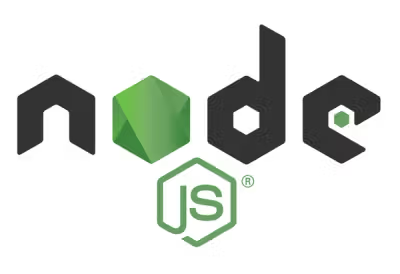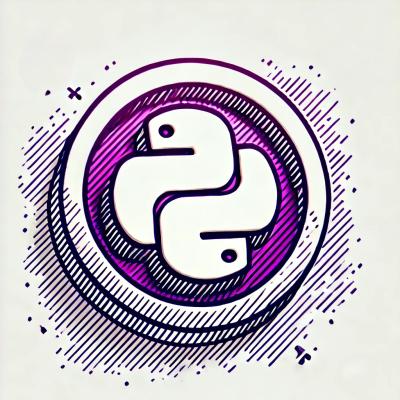Framer CLI
The Framer CLI allows for the building and publishing your Framer folder projects via the command line.
🗃 Table of Contents
👩💻 Installation
✨ Dependency Free
In nearly all cases, it is advisable to use npx (which shipped with npm@5.2.0) to execute framer-cli commands, preventing the need to add the package as a dependency:
npx framer-cli help
🌍 Global
If publishing packages from a local machine and npx is not a viable option, it is best to globally install the framer-cli package:
yarn global add framer-cli
npm install -g framer-cli
The global installation will make the framer command directly available via the command line:
framer help
🖥 Local
In very rare cases, it might be necessary to install the framer-cli as a devDependency of a JavaScript project. The framer-cli package can be installed like any other dependency:
yarn add -D framer-cli
npm install --save-dev framer-cli
This will make a framer command available to be run by inside the directory with either yarn, npx, or by directly calling the bin file:
yarn framer
npx framer
./node_modules/.bin/framer
🕹 Commands
The Framer CLI exposes four commands:
🔑 authenticate
npx framer-cli authenticate <email@address>
In order to publish a package, the CLI must be able to verify the identity of the user using a special token. This is done through an authentication flow where by an email is sent to the registered user with a link, which when clicked, creates a special FRAMER_TOKEN that is printed in the terminal. This token is used as an environment variable for publishing packages to both public or private stores under the authenticated user's name.
📦 build
npx framer-cli build [path/to/project.framerfx]
The build command ensures that the project is in a valid state for publishing.
If the command is being run inside the Framer project, there is no need to specify the path to the project. However, if the command is being run from outside the project, the project path must be provided as a second argument.
🚀 publish
env FRAMER_TOKEN=<token> npx framer-cli publish [path/to/project.framerfx] [--yes] [--major] [--public] [--new=<name>]
The publish command is responsible for:
- Building the project
- Managing project versioning (defaults to minor version)
- Publishing the project to the store
The publish command requires a FRAMER_TOKEN environment variable for publishing. This token is unique to a given individual and is used for both authentication and determining the user's available private store, if any.
If a path to a project is provided, that path is resolved relative to the directory where the script is called from.
📑 Options
The publish command also exposes a series of command line options:
| Option | Description | Default |
|---|
yes | Automatically confirm all prompts. This is especially useful when publishing from a CI. | false |
major | Override the default versioning strategy (minor bump) to instead use a major version bump. | false |
public | Publish the package to the public Framer store. This flag must be set if the user does not have access to a private store. | false |
new | Provide a name for the package when being published for the first time. If the package has previously been published, this argument cannot be set. | undefined |
Available options can also be seen in the terminal by running:
npx framer-cli help
🗂 Versioning
By default, framer-cli will look at the Framer repository to find the last published version and then publish the Framer package with the next version, either a minor or major bump depending on the CLI arguments.
However, it is possible to override this behavior by manually updating package.json version property. If the new version is higher than the last published version, it will be used without any change.
🖇 Metadata
Artwork for Framer packages is supported through specially named images in the metadata directory:
icon.png at 100x100artwork.png at 1600x1200
Similarly, descriptions for Framer packages come from their README.md file, with full Markdown syntax support.
📖 help
The help command provides a general overview of each of the commands, their purpose, and their options. It is also possible to get help by running any of the above commands with the -h or --help flag.
🔮 Integration
🚚 Continuous Integration
One of the key aspects of framer-cli is the enablement of automated Framer package publishing. By combining the script with a CI workflow, it becomes possible to always keep the Framer package in the store in sync with the Framer package in the repository.
As an example of integrating framer-cli with an external CI service, here is a small CircleCI configuration that publishes a Framer package every time a commit is made to the master branch.
Note that this example assumes that the FRAMER_TOKEN environment variable has already been set in the CI project settings.
version: 2
jobs:
publish:
docker:
- image: circleci/node:10
working_directory: ~/repo
steps:
- checkout
- run: yarn
- run: npx framer-cli publish
workflows:
version: 2
publish:
jobs:
- publish:
filters:
branches:
only: master
🤖 Github Actions
It is also possible to use Github Actions to automate the release of a Framer package without the use of a separate CI. An example of a build and publish workflow, ready to be cloned, can be found here.



